
- Home
- >
- Products
- >
- On grid solar system
- >
On grid solar system
none
- Information
Product description
A solar roof tile on-grid system is a type of solar energy system . The system is connected to the grid, which allows excess electricity generated by the system to be sent back to the grid for others to use. This type of system is generally used in residential or small commercial applications, and can help reduce overall electricity costs and reliance on non-renewable energy sources.
Product details
A solar roof tile on-grid system typically contains several components, including the solar tiles themselves, an inverter, a monitoring system, and a connection to the grid. The solar tiles are the main component , The inverter converts the DC energy produced by the solar tiles to AC energy .The monitoring system tracks the electricity production . Finally, the connection to the grid allows for excess electricity to be sent back to the grid for use by other customers.
| on-grid system | solar tiles |
inverter | |
a monitoring system | |
connection to the grid |
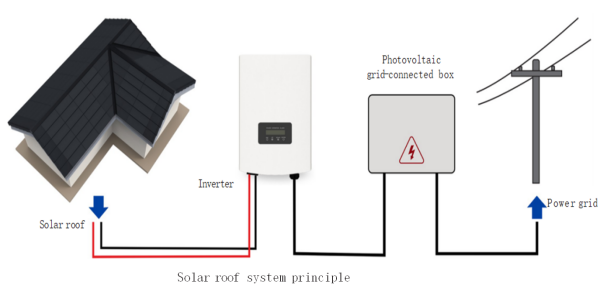
System Components
Our residential photovoltaic systems typically include solar tiles, inverters and a range of accessories. Depending on your needs, you may find the most suitable photovoltaic system for you.
The Solar tiles are undoubtedly the most critical component of any photovoltaic system. They are usually installed on rooftops, where they can best receive sunlight. he required number of tiles depends on the size of the system,as well as the amount of energy needed to supply the house with electricity.
The inverter's task is to convert the direct current (DC) produced by the solar tiles into alternating current (AC) .There are different types of inverters for different purposes that must be selected based on the size of the system.
Choosing the right photovoltaic system often requires a knowledgeable advisor who takes your family's need for power, the size of your house, your budget and your location into consideration.
In order to choose the right PV system size, you can usually take a closer look at your previous electricity bill from the view to see how much electricity you use in a day. Qualified solar installers can also help you assess your energy needs and design systems that meet those needs.
The next step is to evaluate what your actual options are when it comes to roofing. This often requires skilled professionals to come out and look at the entire roof structure.Experienced installers can assess your roof and determine the best location and The size of the solar tiles.
The next decision to make is whether the photovoltaic system should be hybrid or not. In short, it simply means whether you want to be able to connect the system to the electricity grid. This way you get to use solar energy during the day, and then switch to the grid at night or anytime you otherwise wish.
This is usually the recommended solution, Off-grid systems, on the other hand, are completely independent and only run on the electricity produced by the solar tiles. They are therefore slightly cheaper, but not as usable.
The size of the photovoltaic system
Every house is different, before you order, check out the roof and hear from the experts.The amount of energy a photovoltaic system can provide depends on several factors, including the size of the system, its location, and weather conditions. Here are some estimates of energy production for typical PV systems of 4 kW, 10 kW and 16 kW:
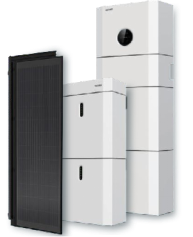
4kW photovoltaic system
A 4 kW photovoltaic system can produce an average of 3,600 kWh of electricity per year. This corresponds to approx. 30% of the annual electricity demand of an average household.
10kW photovoltaic system
A 10 kW photovoltaic system can produce an average of 9,000 kWh of electricity per year. This corresponds to approximately 75% of the annual electricity demand of an average household.
16kW photovoltaic system
A 16 kW photovoltaic system can produce an average of 14,400 kWh of electricity per year. This corresponds to approx. 120% of the annual power demand of an average household.
Installation and Maintenance
Deployment
The installation of photovoltaic systems typically takes a few days, depending on the size of the system and the complexity of the installation.
Repairs
10 year limited product warranty,25 year limited power warranty at 80%
If your photovoltaic system is under warranty, any repairs or replacement of defective components are covered as long as the warranty is active.
Security
If the solar tiles fall from the roof during heavy storms or incorrect installation.Make sure to follow all the safety guidelines provided by the installer and always consult a professional if you have any concerns.
Related products
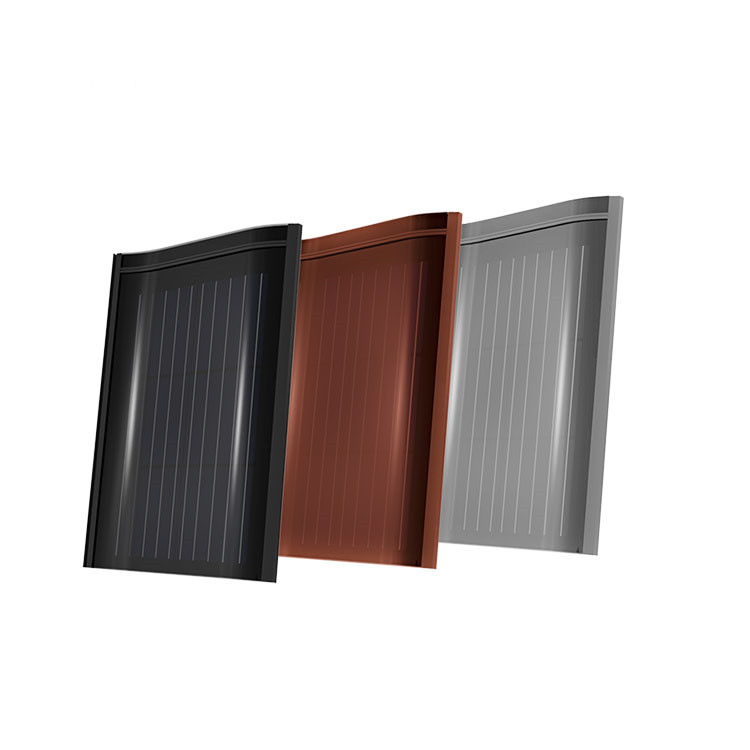 | 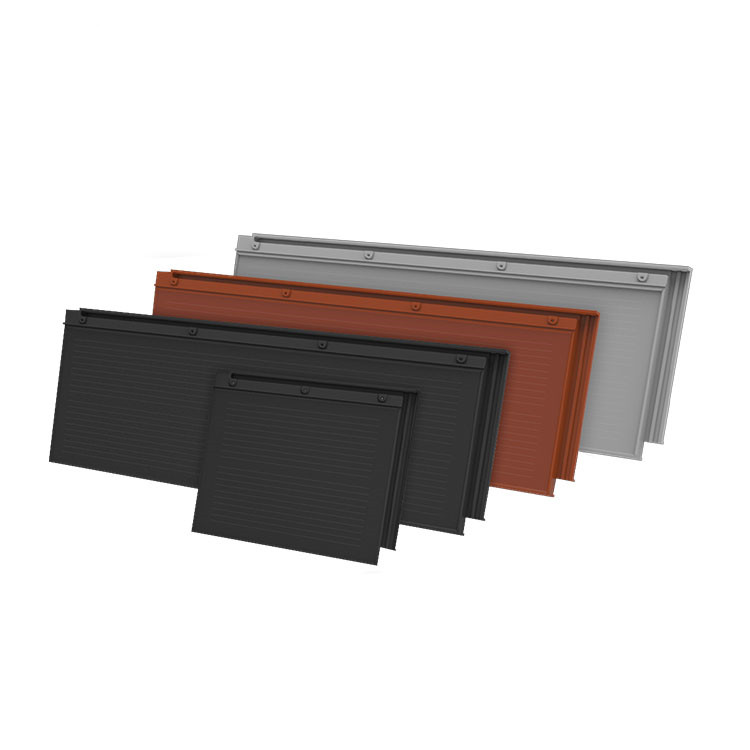 |  |
| Click More | Click More | Click More |
| T MAX S | T MAX O | T MAX L |
 | 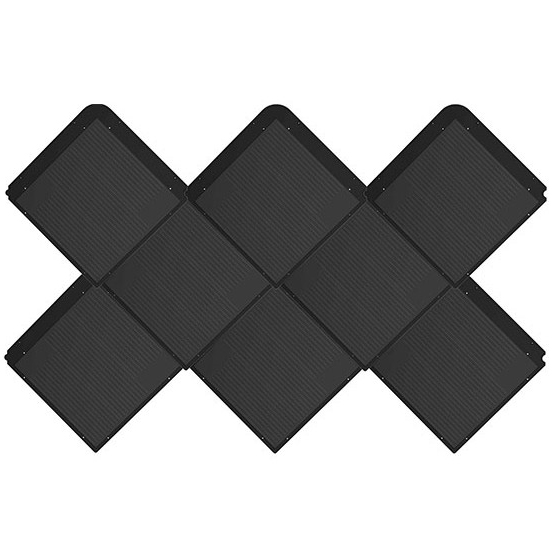 | 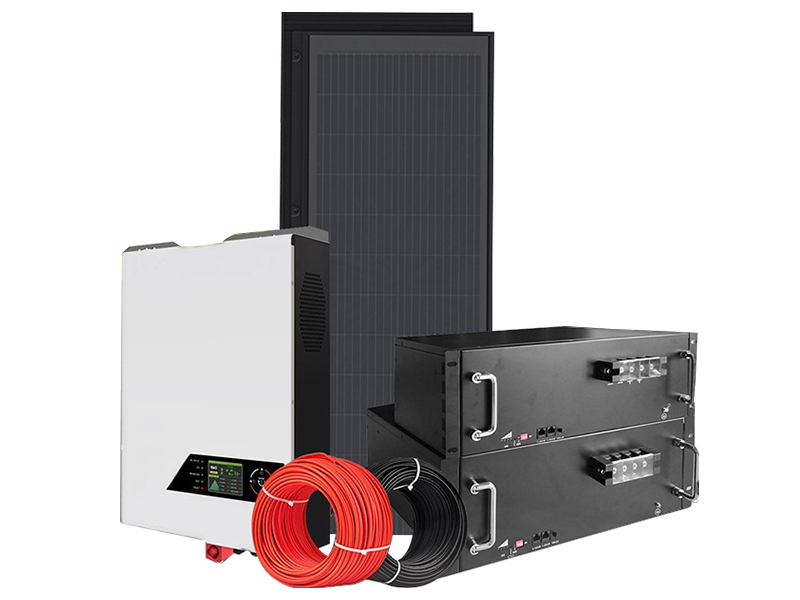 |
| Click More | Click More | Click More |
| T MAX A | T MAX R | solar system |




